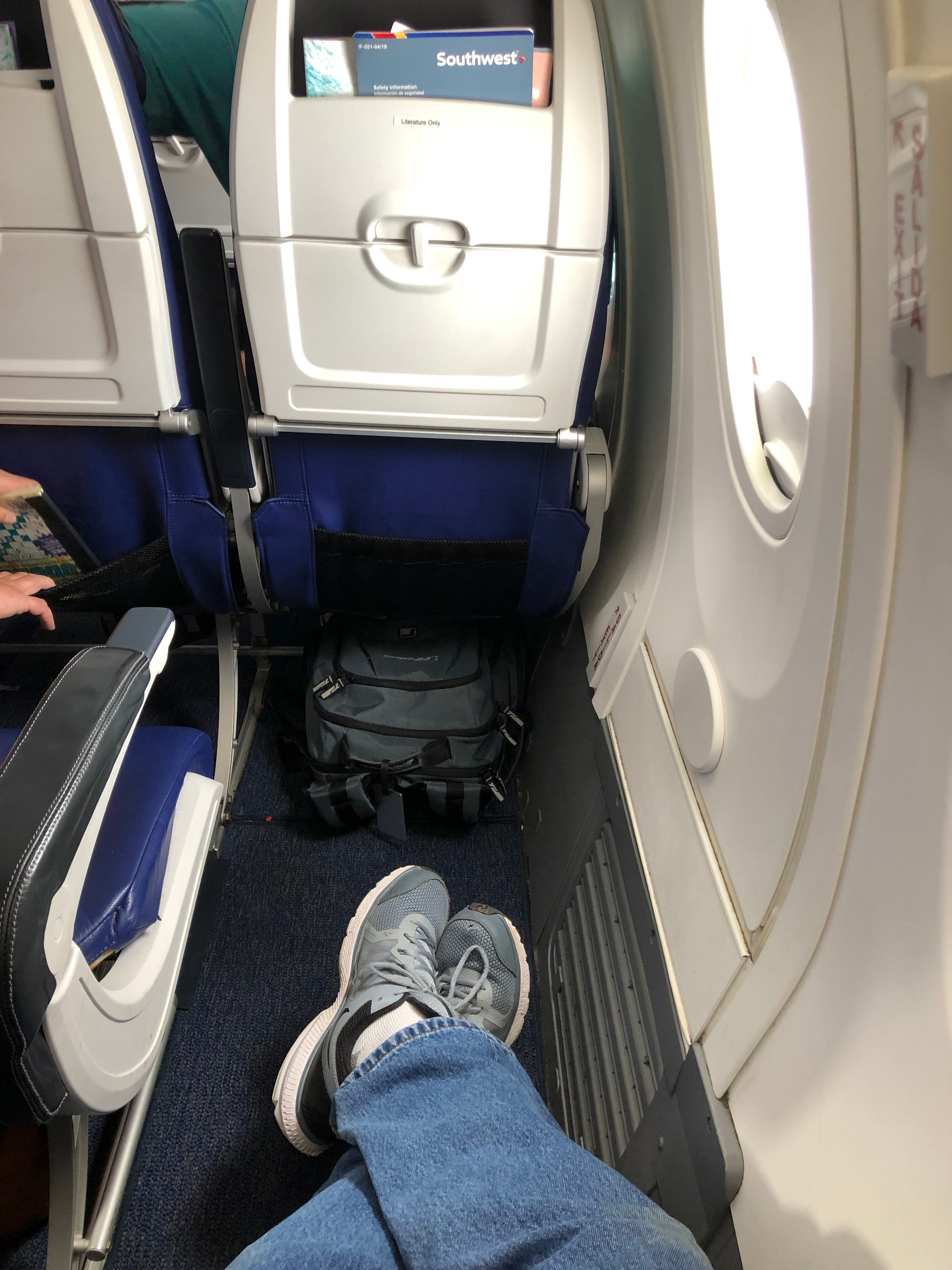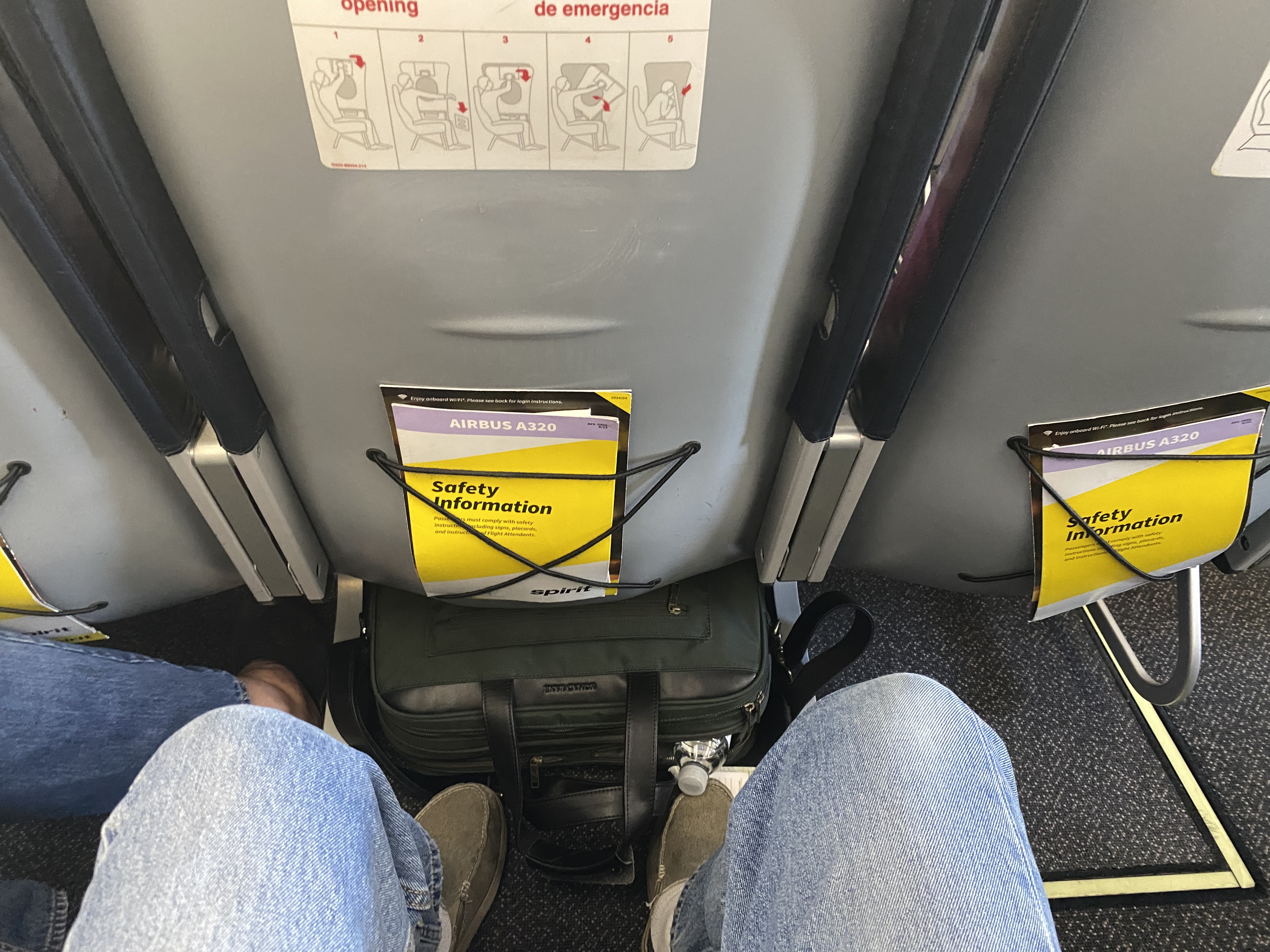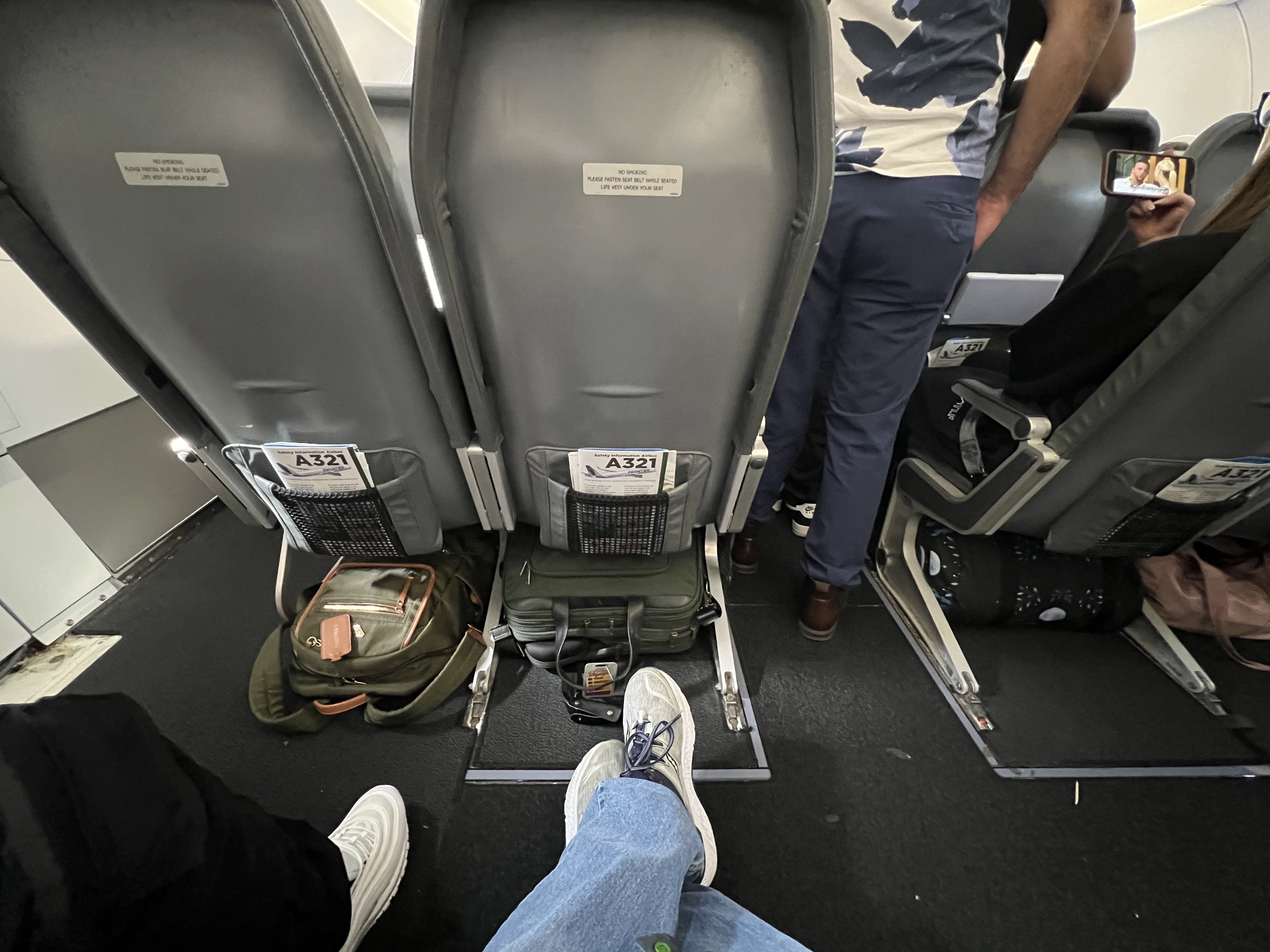If you’ve ever booked a flight and looked at the seat map, you’ve probably noticed the exit rows — the ones that promise extra legroom. But what doesn’t always get mentioned are the downsides of exit row seating. While these seats can be a great choice for some passengers, they do come with trade-offs — and for many airlines, they’ll also cost you extra because they’re considered “premium” seating.
Here are the main drawbacks you’ll want to think about before picking one for your next flight.
Tray Table in the Armrest
Instead of a standard seatback tray, exit row seats often have the table stored in the armrest. These tables can be smaller, less stable, and more awkward to deploy — especially if you’re working on a laptop or juggling snacks and drinks.
Narrower Seats
Because the tray table is stored in the armrest, the armrests are fixed and slightly wider, which reduces the usable width of the seat. Losing an inch or so of space might not sound like a lot, but on a long flight, it can make you feel a little more confined — especially if the person next to you is also using the armrest.
Restricted or No Recline
If your exit row is the first row in the exit section (directly in front of another exit row), your seat may have limited or no recline. This is so the passengers behind you — who may need to assist in an emergency — have enough space to operate, and so there’s maximal space for people to exit in the event of an emergency evacuation. On longer flights, being locked in an upright position can be uncomfortable.
Limited or No Underseat Storage
If your exit row is behind a bulkhead (a wall instead of another row of seats), you won’t have any underseat storage. During takeoff and landing, all carry-ons must go in the overhead bin, and they’ll need to be stowed again before landing.
- U.S. Airlines: If there’s a seat in front of you, you can usually store a small bag underneath as long as it doesn’t block the exit path.
- International Airlines: More strict — even with a seat in front, many won’t allow anything under the seat in an exit row.
Temperature Differences
Seats right next to the exit door can be noticeably colder than the rest of the cabin. The door area has less insulation than the cabin wall, and you’re sitting inches from it. If you tend to get cold, bring a sweater or blanket.
 Not All Exit Rows Are the Same
Not All Exit Rows Are the Same
Extra legroom is the main selling point of exit rows, but the amount of space can vary a lot:
On Spirit Airlines, you’ll get a little extra room — enough to stretch your legs, but not a huge upgrade.

On Frontier Airlines, some exit rows have a massive gap compared to regular seats.

Check the aircraft’s seat map or passenger photos before booking so you know what to expect.
Must Be Able and Willing to Assist in an Emergency
Not everyone can sit in an exit row. Most people are aware of many of the requirements, but there are some requirements that are less well-known. Flight attendants will ask you to confirm that you understand instructions, can operate the exit door, and are willing to help other passengers in an evacuation. If you can’t or won’t, you’ll be reseated.
Extra Cost
Almost every airline now considers exit row seats to be “premium” and charges more for them, even in standard economy cabins. The price can range from a few dollars on short domestic hops to $100 or more on long-haul flights.
Final Thought
Exit row seats can be a great choice if you value legroom and don’t mind the trade-offs — but they aren’t for everyone. The extra space often comes with compromises like fixed armrests, colder temperatures, and no underseat storage in some layouts. Weigh the pros and cons (and the extra cost) before deciding if the exit row is the best seat for your flight.
Want to comment on this post? Great! Read this first to help ensure it gets approved.
Want to sponsor a post, write something for Your Mileage May Vary, or put ads on our site? Click here for more info.
Like this post? Please share it! We have plenty more just like it and would love it if you decided to hang around and sign up to get emailed notifications of when we post.
Whether you’ve read our articles before or this is the first time you’re stopping by, we’re really glad you’re here and hope you come back to visit again!
This post first appeared on Your Mileage May Vary

4 comments
Another downside for both exit rows and (some) bulkheads – PTV in the armrest, depending on the aircraft/airline. On long-haul flights, when they often prep the cabin ~45 minutes before landing, that can be annoying.
I had a section about this in a previous draft but I wasn’t sure how prevalent the problem was.
The worst point about sitting in Exit Row seats is the financial gouge airlines charge one to sit there.
I have flown over 4 million miles, if I can’t get upgraded, I will take exit row seats all day long. The small inconveniences you list don’t come close to outweighing the extra leg room.